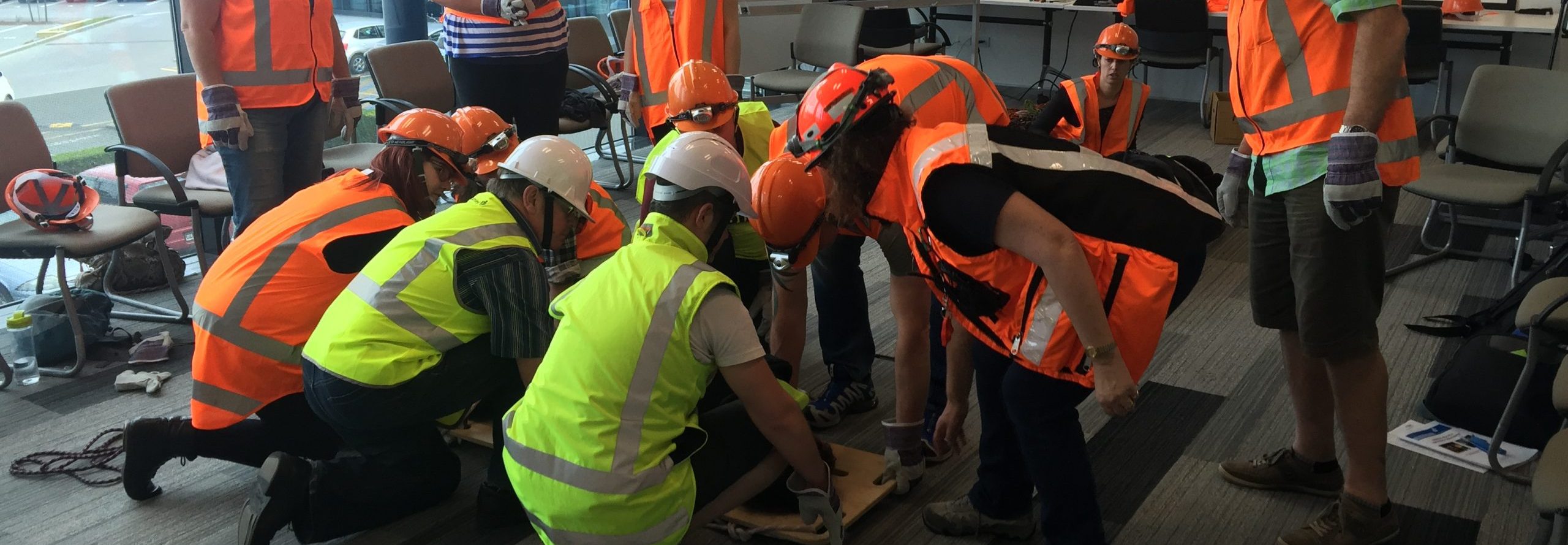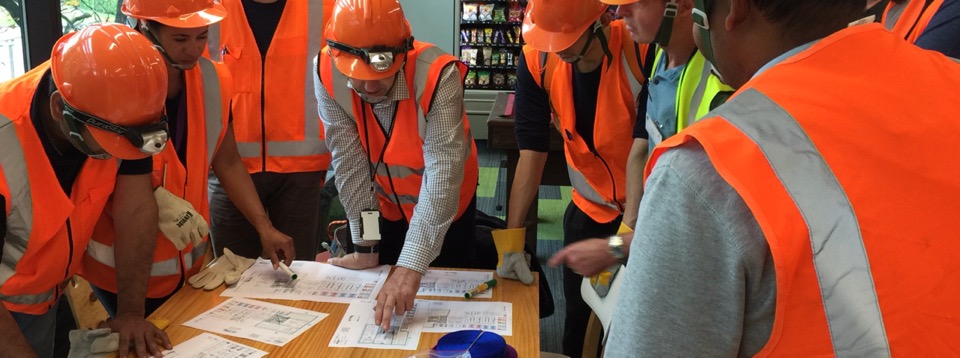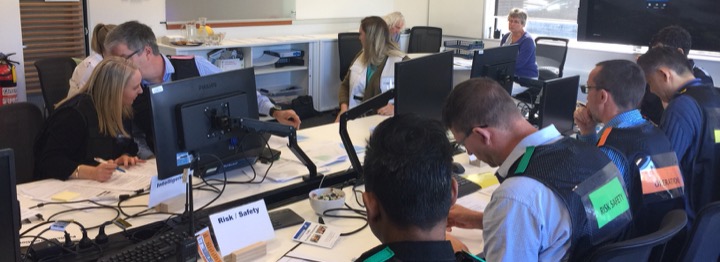This information is from materials created by the Emergency Survival Program (ESP) in 2006 and based on “The Seven Steps to Earthquake Safety” in the handbook Putting Down Roots in Earthquake Country.
PREPARE
Step 1: Secure it now!
Reducing and/or eliminating hazards throughout your home, neighbourhood, workplace and school can greatly reduce your risk of injury or death following the next earthquake or other disaster. Conduct a “hazard hunt” to help identify and fix things such as unsecured televisions, computers, bookcases, furniture, unstrapped water heaters etc. Securing these items now will help to protect you tomorrow.
Download the Secure It Now! focus sheet
Step 2: Make a plan
Planning for an earthquake, terrorist attack or other emergency is not much different from planning for a party or vacation. Make sure that your emergency plan includes evacuation and reunion plans; your out-of-city contact person’s name and number; the location of your emergency supplies and other pertinent information. By planning now, you will be ready for the next emergency.
Download the Make a Plan focus sheet
Step 3: Make Disaster Kits
Everyone should have disaster supplies kits stored in accessible locations at home, at work and in your vehicle. Having emergency supplies readily available can reduce the impact of an earthquake, a tsunami or other emergency on you and your family. Your disaster supplies kits should include food, water, flashlights, portable radios, batteries, a first aid kit, cash, extra medications, a whistle etc. Many of these items are available for purchase here.
Download the Make Disaster Kits focus sheet
Step 4: Is your place safe?
Most houses are not as safe as they could be. Whether you are a homeowner or a renter, there are things that you can do to improve the structural integrity of your home. Some of the things that you might consider checking include inadequate foundations, unbraced cripple walls, soft first stories, unreinforced masonry and vulnerable pipes. Consult a contractor or engineer to help you identify your building’s weaknesses and begin to fix them now.
Download the Is Your Place Safe? focus sheet
PROTECT
Step 5: DROP, COVER, and HOLD ON!
Learn what to do during an earthquake, whether you’re at home, at work, at school or just out and about. Taking the proper actions, such as “Drop, Cover, and Hold On”, can save lives and reduce your risk of death or injury. During earthquakes, drop to the floor, take cover under a sturdy desk or table and hold on to it firmly. Be prepared to move with it until the shaking stops.
Download the Drop, Cover and Hold On! focus sheet
RECOVER
Step 6: Check it out!
One of the first things you should do following a major disaster is to check for injuries and damages that need immediate attention. Make sure you are trained in first aid and in damage assessment techniques. You should be able to administer first aid and to indentify hazards such as damaged gas, water, sewage and electrical lines. Be prepared to report damage to councils.
Download the Check It Out! focus sheet
Step 7: Communicate and recover!
Following a major disaster, communication will be an important step in your recovery efforts. Turn on your portable radio for information and safety advisories. If your home is damaged, contact your insurance agent right away to begin your claims process. For most major disasters, resources will also be available from local governement agencies.
Download the Communicate and Recover! focus sheet










